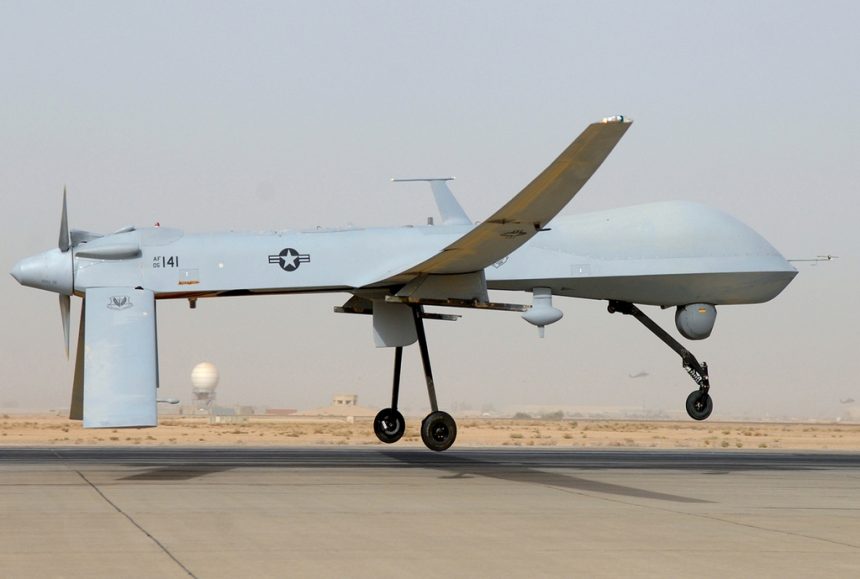According to a statement by Pentagon Press Secretary George Little, on Mar. 12, an IRIAF (Islamic Republic of Iran Air Force) combat plane attempted to intercept a U.S. MQ-1 drone flying in international airspace.
As happened on Nov. 1, 2012, when two Sukhoi Su-25 attack planes operated by the Pasdaran (informal name of the IRGC – the Army of the Guardians of the Islamic Revolution) attempted to shoot down an American MQ-1 flying a routine surveillance flight in international airspace some 16 miles off Iran, the interception of the unmanned aircraft failed.
Interestingly, the last close encounter was unsuccessful because the fighter jets scrambled to intercept the unarmed U.S. drone were discouraged from accomplishing the mission: at least one of the two F-4 Phantom jets came to about 16 miles from the UAV but broke off pursuit after they were broadcast a warning message by two American planes escorting the Predator.
Clearly, following last year’s close encounter the Pentagon has decided to escort the drones involved in intelligence gathering missions with fighter jets (either F-18 Hornets with the CVW 9 embarked on the USS John C. Stennis whose Carrier Strike Group is currently in the U.S. 5th Fleet area of responsibility or F-22 Raptors like those deployed to the UAE).
Although dispatching fighter jets to escort drones makes them less vulnerable, it makes also the UAV more visible. Unless the fighter jets providing HVAAE (High Value Air Asset Escort) are F-22 stealth fighters.
Few days ago, Iran recovered from sea a mysterious drone; most probably an Iranian one.
Image credit: U.S. Air Force














